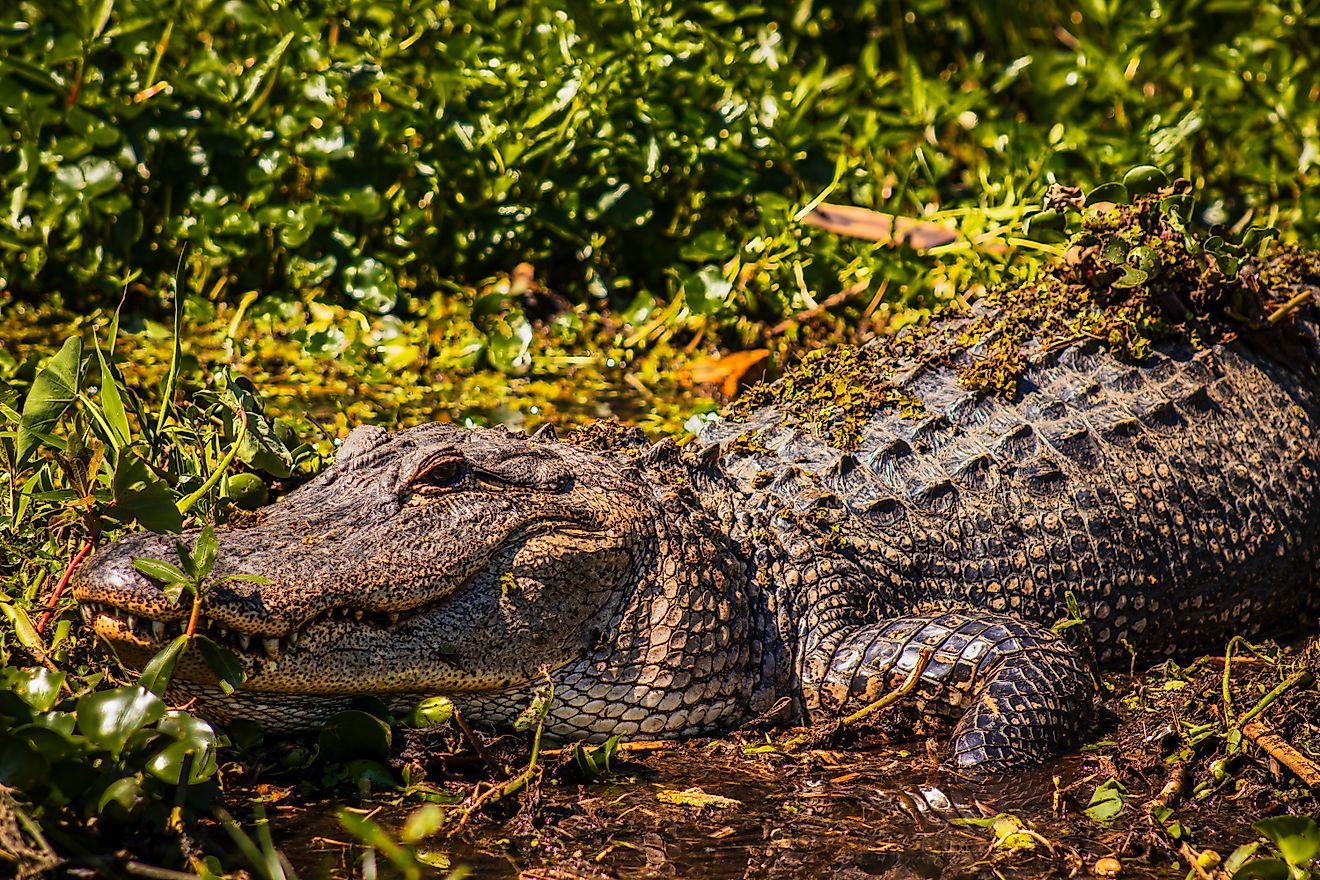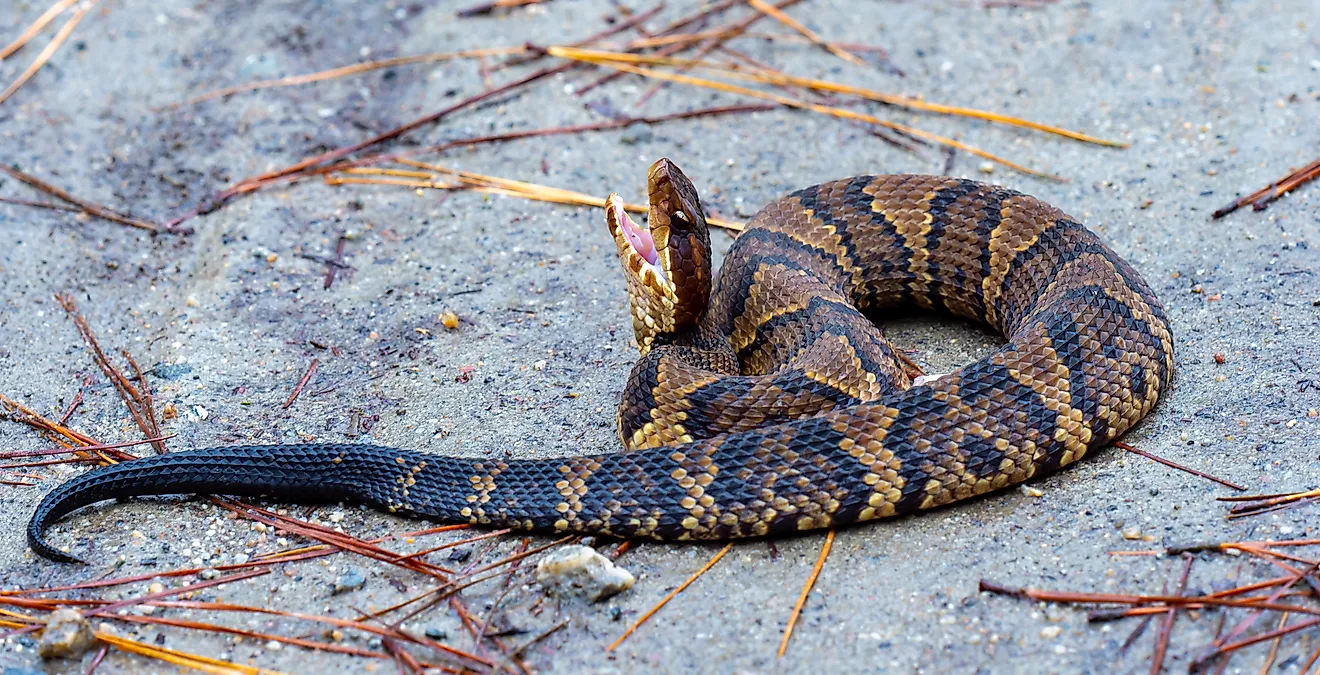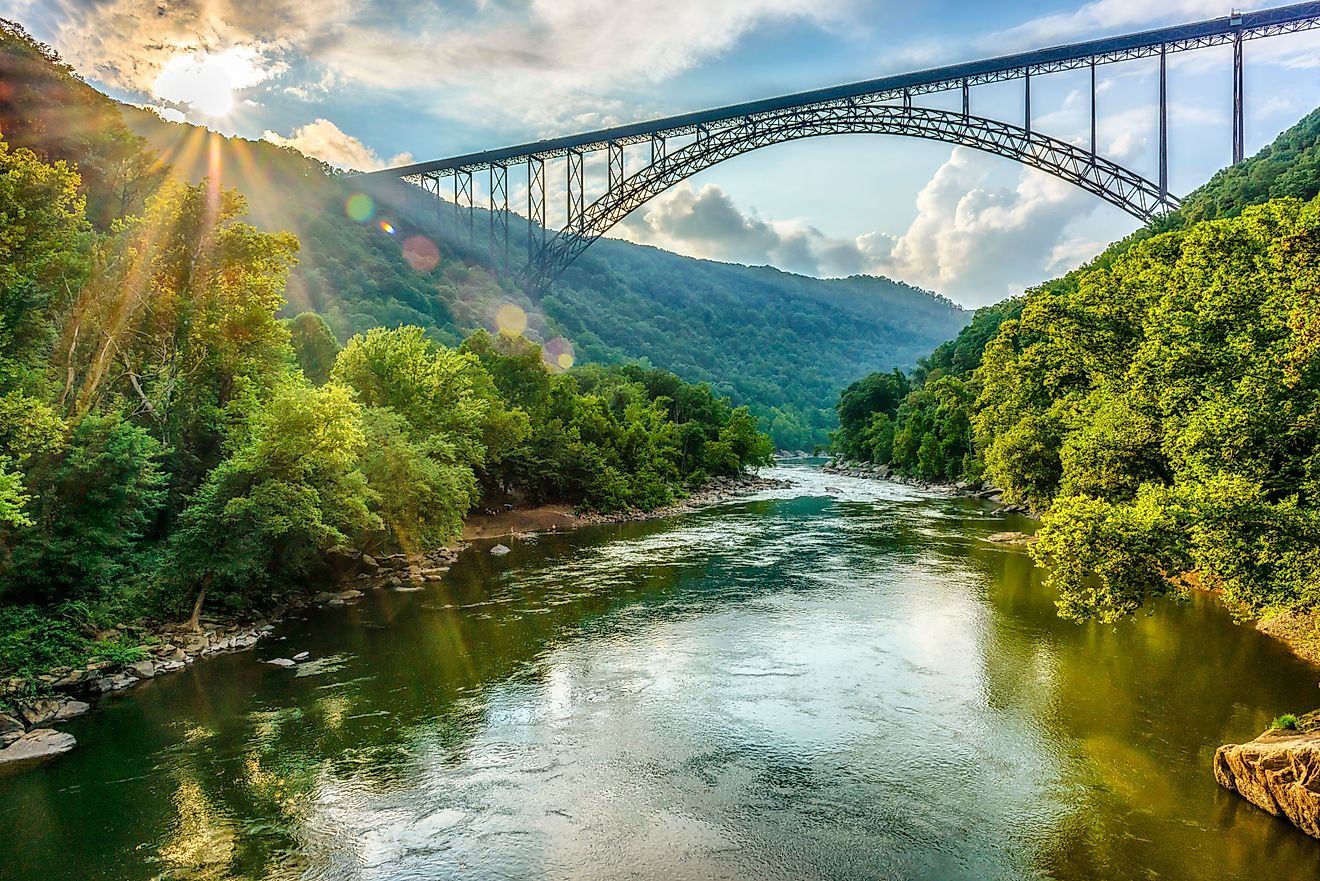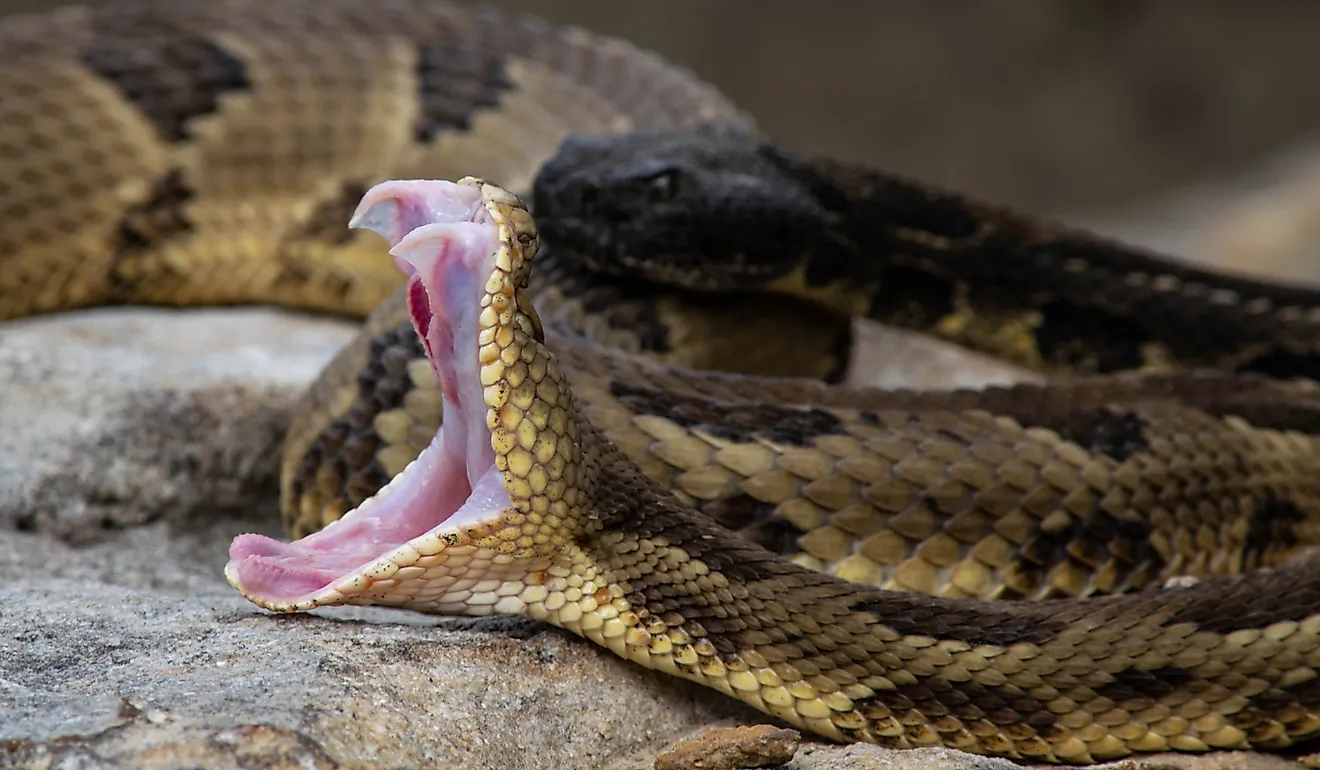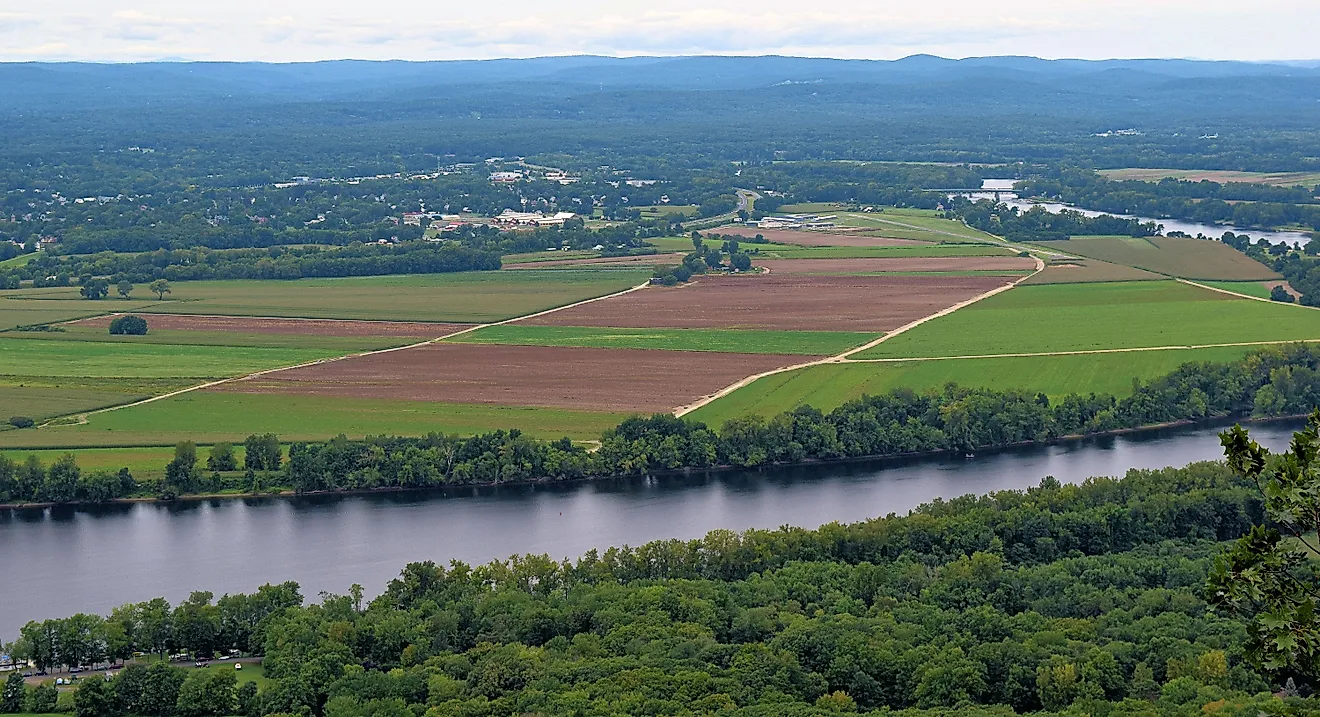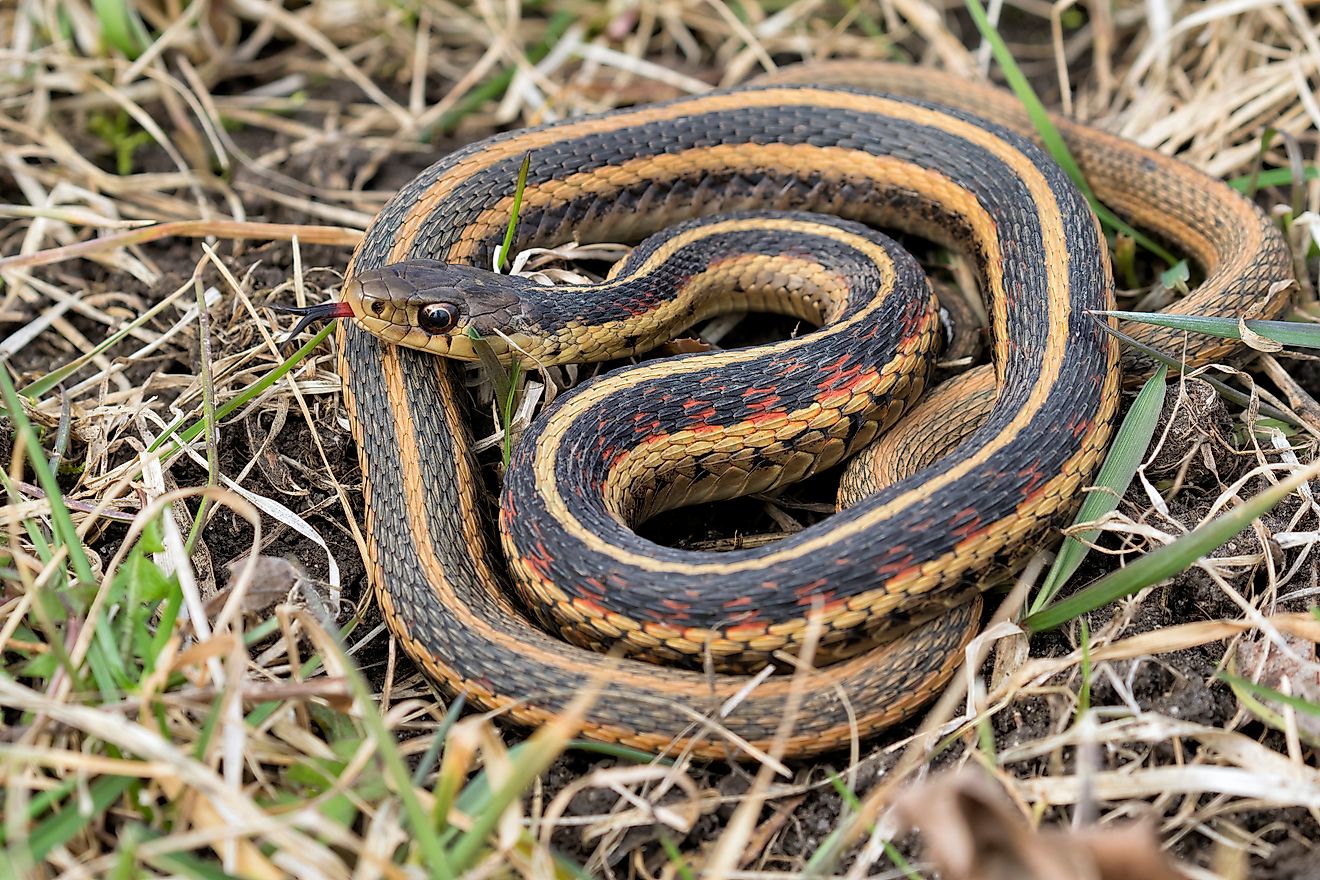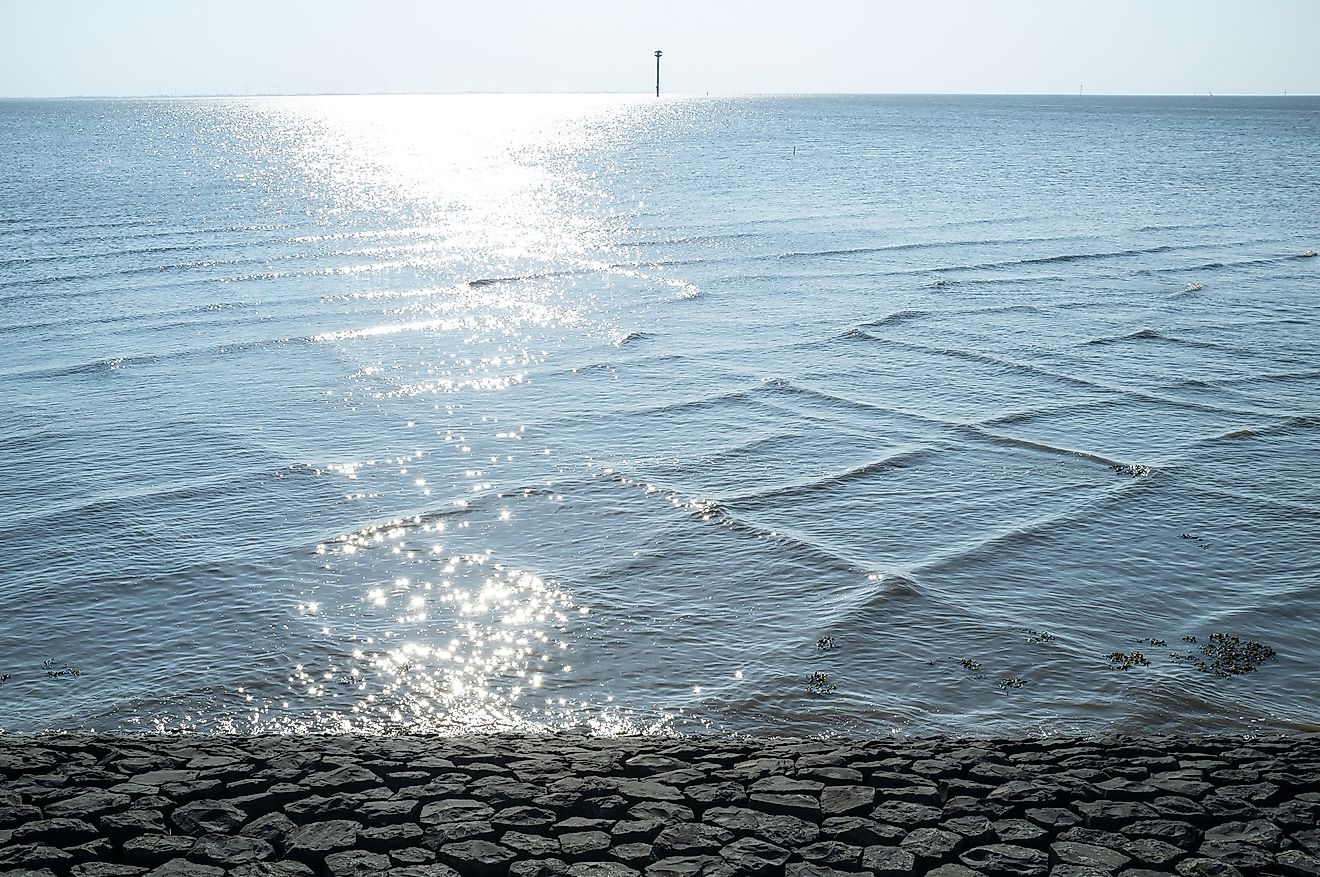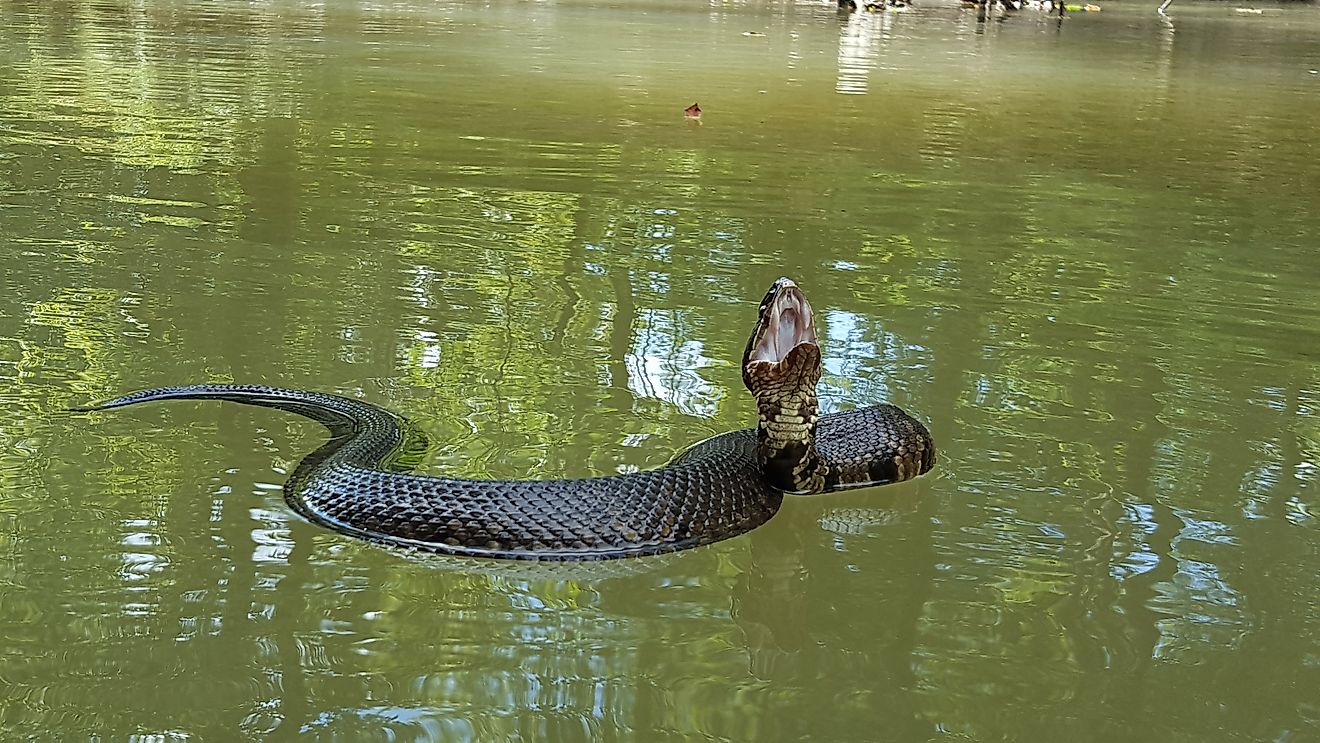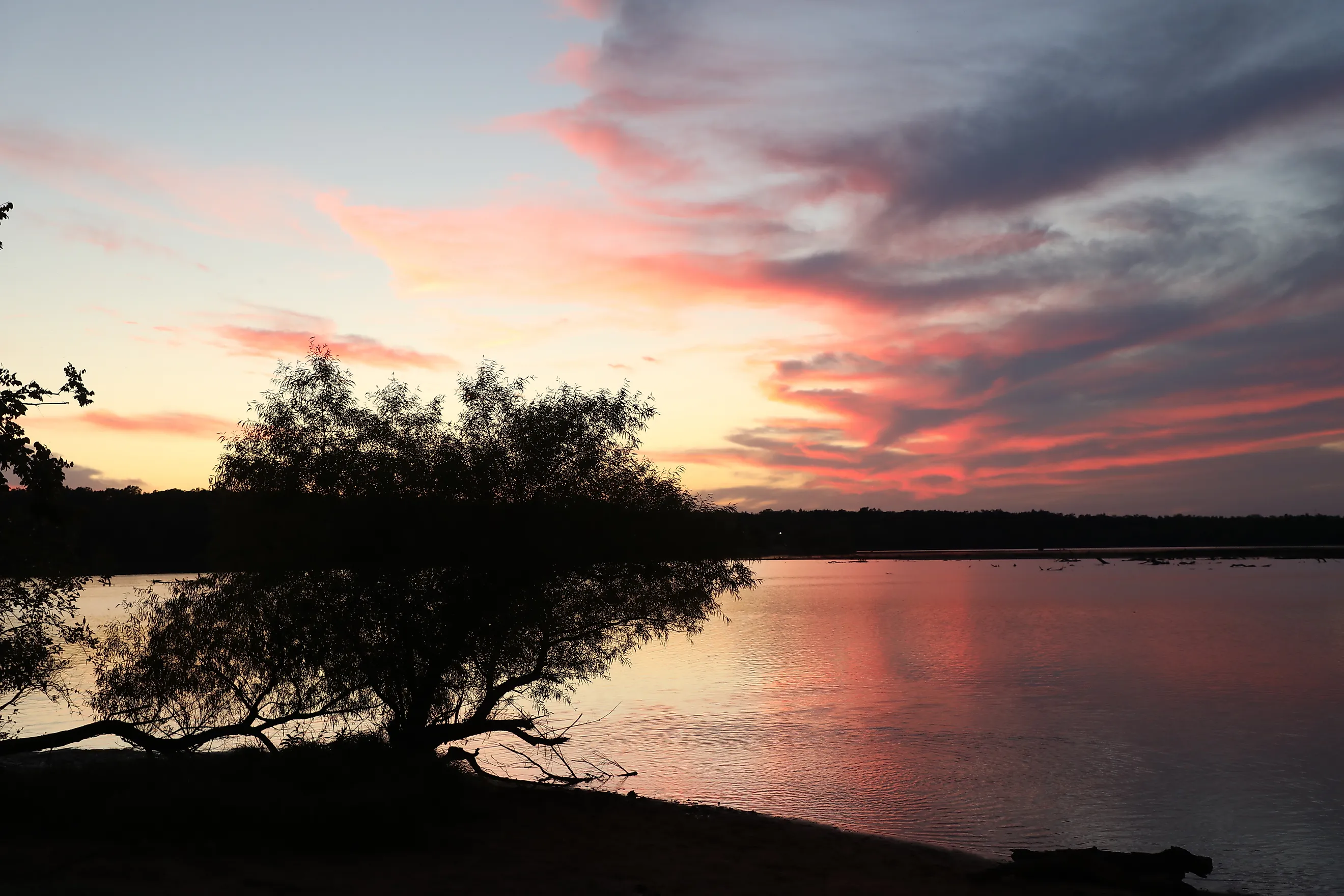
5 Most Snake-Filled Bodies Of Water In Oklahoma
When does a lake earn the unappealing title of being “snake-infested”? While there is no official threshold, a lake is considered infested when it has a high population of snakes, especially if venomous species are present and are frequently encountered. In Oklahoma, with its warm climate, snakes are known to be a part of the natural landscape. The state is home to over 40 species of snakes, including seven venomous ones. Among these, the cottonmouth, also known as the water moccasin, is a venomous water snake found in Oklahoma throughout different bodies of water. Other common non-venomous water snakes include the northern, diamondback, and plain-bellied water snakes. While many of these snakes are harmless and avoid human contact, their presence in popular lakes can be unsettling for swimmers, boaters, and fishers. Here are the five most snake-filled bodies of water in Oklahoma.
Collinsville Lake
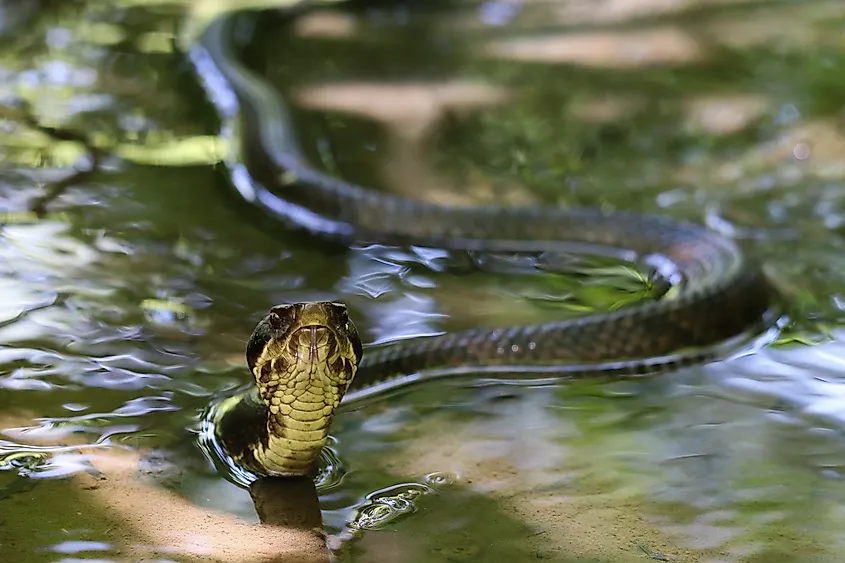
Located in the town of Collinsville in Northeastern Oklahoma, Collinsville Lake is one of the most snake-infested lakes, not just in Oklahoma, but in the United States. This manmade reservoir is 55 acres and reaches depths of 25 feet. The lake is home to a large population of venomous cottonmouths, which thrive in the marshy, shallow areas around the lake. In addition to cottonmouths, visitors may also encounter garter snakes, water snakes, and even rattlesnakes in the surrounding area. While the presence of snakes may scare some, many locals and visitors continue to enjoy all that Collinsville Lake has to offer. There is a maintained trail system for hiking and mountain biking to enjoy the natural beauty. Visitors are advised to stay on marked trails and avoid tall grass or underbrush where snakes may be hiding.
Lake Texoma
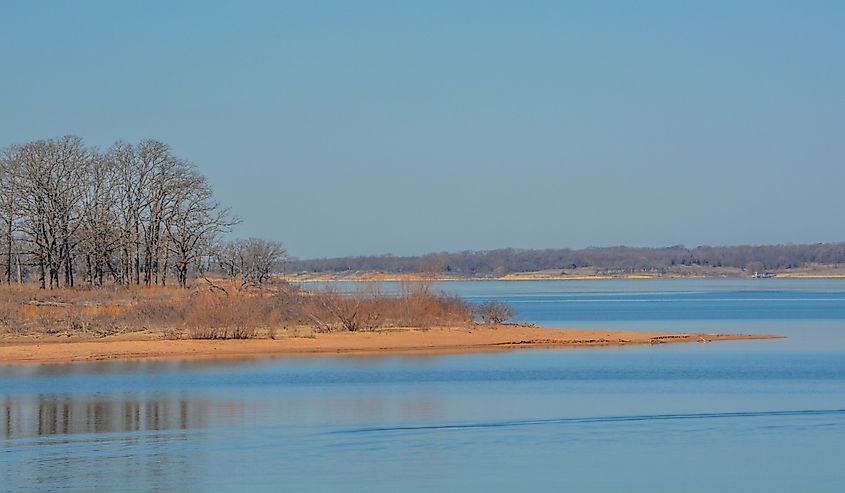
On the border between Oklahoma and Texas, Lake Texoma is one of the largest reservoirs in the United States. Covering over 89,000 acres, this massive lake is perfect for boating, fishing, and camping. However, its size and diverse shoreline also make it a suitable habitat for a variety of snakes. While cottonmouths are less common here than in Eastern Oklahoma, they can still be found in the lake’s marshy areas. Non-venomous water snakes are more likely to be encountered here, often seen basking on rocks or swimming near the shore. Lake Texoma remains extremely popular with visitors. Its vastness allows for plenty of space to enjoy the water and stay away from snakes. Still, it’s good to be cautious when wading through vegetation near the water’s edge.
Lake Thunderbird
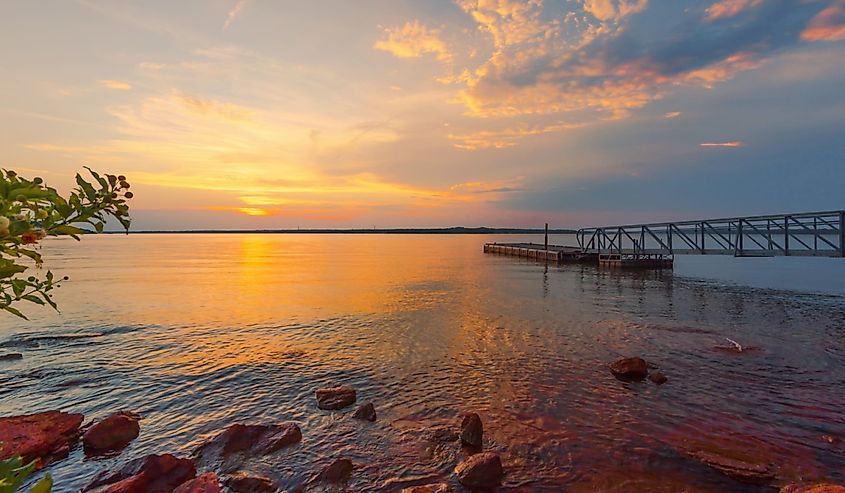
Located just East of Norman, Lake Thunderbird is a 6,000-acre reservoir that was originally used as a municipal water supply but now serves as a recreational area. The lake is surrounded by Lake Thunderbird State Park, which offers outdoor activities like camping and hiking. Rich in natural surroundings, Lake Thunderbird provides a natural home to a variety of snakes, particularly non-venomous water snakes that thrive along its shoreline. While cottonmouths are not encountered as frequently here, they have been reported in the area. Lake Thunderbird continues to attract thousands of visitors each year, many of whom never encounter a snake at all.
Okemah Lake
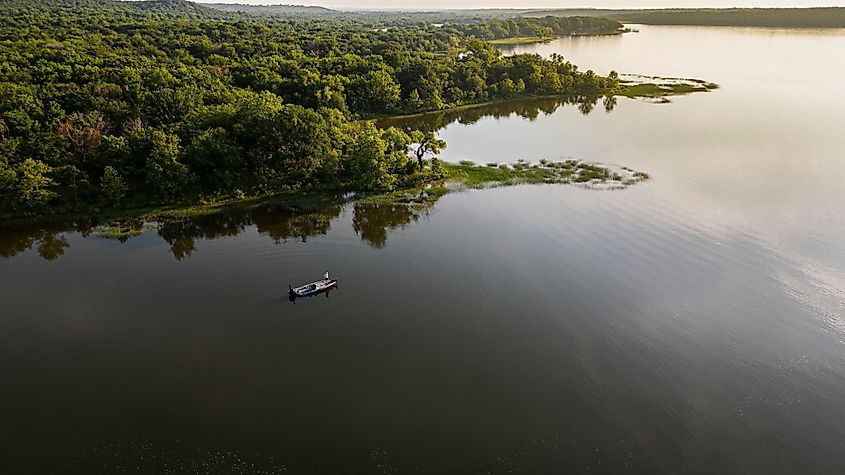
Okemah Lake, located near the town of Okemah in East Central Oklahoma, is a quieter lake known for its fishing and camping. It is a great retreat for those looking to escape the crowds, but Okemah Lake is also home to a variety of snakes. The lake’s calm, shallow waters and grassy shoreline make it an ideal environment for cottonmouths, rattlesnakes, and other non-venomous snakes. Despite the potential for snake encounters, Okemah Lake is still frequented by anglers and nature lovers. The city advises visitors to stay aware of their surroundings and still enjoy what Okemah Lake has to offer.
Lake Hefner
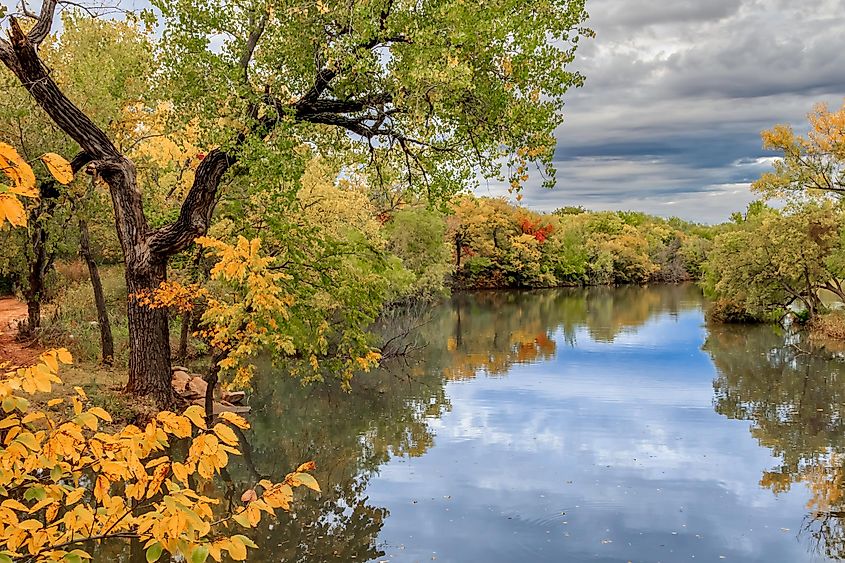
Situated in Northwest Oklahoma City, Lake Hefner is a 2,500-acre reservoir originally constructed in the 1940s to provide municipal water. Over the years, it has evolved into a popular recreational destination, known for its lighthouse, sailing, fishing, and lakeside trails. In such an urban setting, snakes seek refuge along the wooded and grassy shoreline of Lake Hefner. Common sightings include non-venomous water snakes like the diamondback and plain-bellied water snake. Garter snakes have also been encountered, but this species poses little threat to humans. More concerning are the occasional reports of rattlesnakes; however, even with these encounters, Lake Hefner remains a favorite among locals and tourists. With maintained trails, picnic areas, and proximity to a big city, thousands of visitors enjoy Lake Hefner each year. As with other Oklahoma lakes, awareness and caution are key.
Oklahoma’s lakes are beautiful spots for fishing, swimming, and boating, but their snake populations can be a source of anxiety for some visitors. While the presence of snakes, especially venomous ones like the cottonmouth, can be concerning, it does not mean these lakes have to be avoided altogether. Most snakes are not aggressive and will only bite if provoked. To safely enjoy a lake known for its snake population, stick to the trails, avoid reaching into brush or under rocks, and keep a respectful distance from any wildlife you encounter. With a little caution and respect for nature, you can still enjoy all the outdoor adventures Oklahoma’s lakes have to offer.
